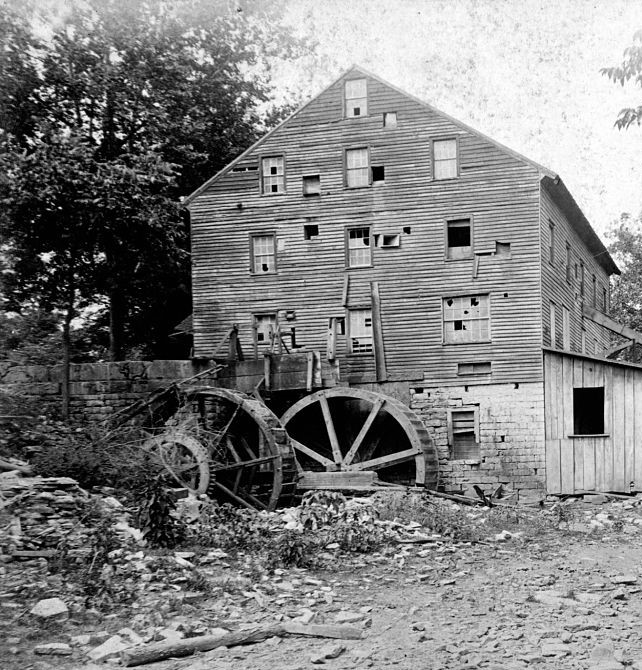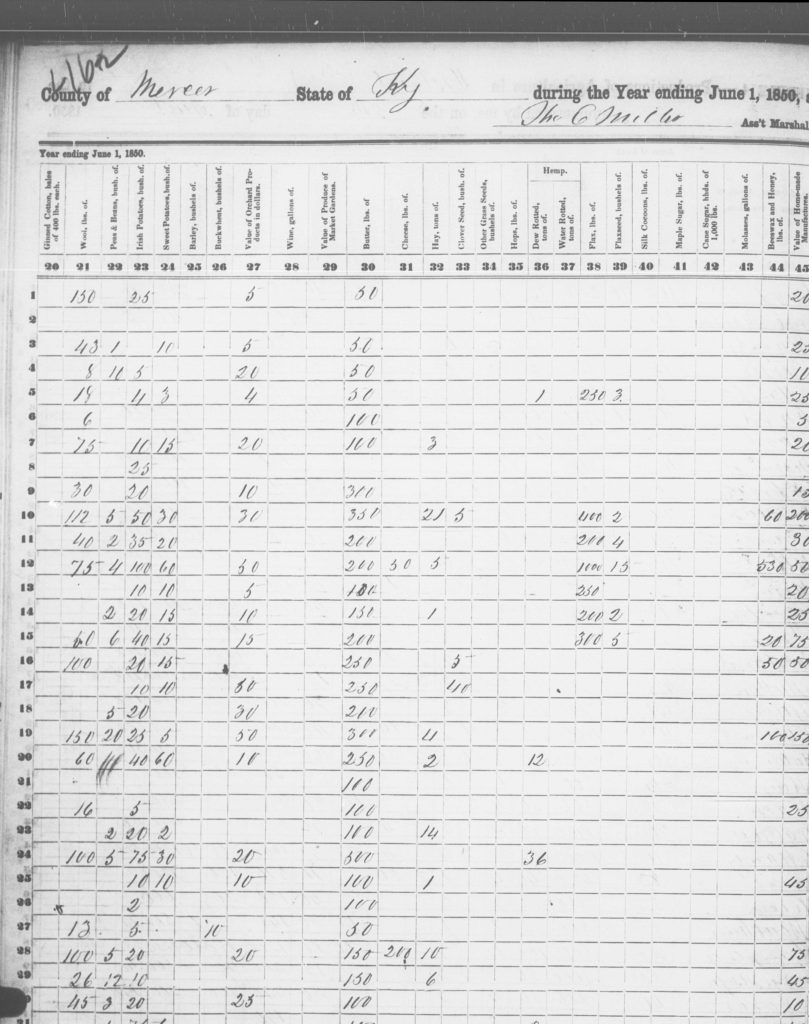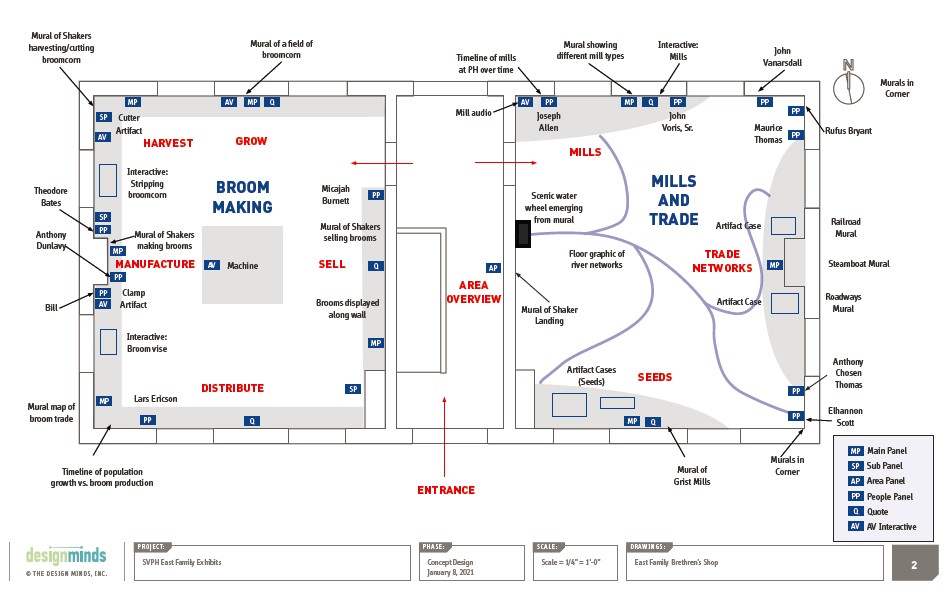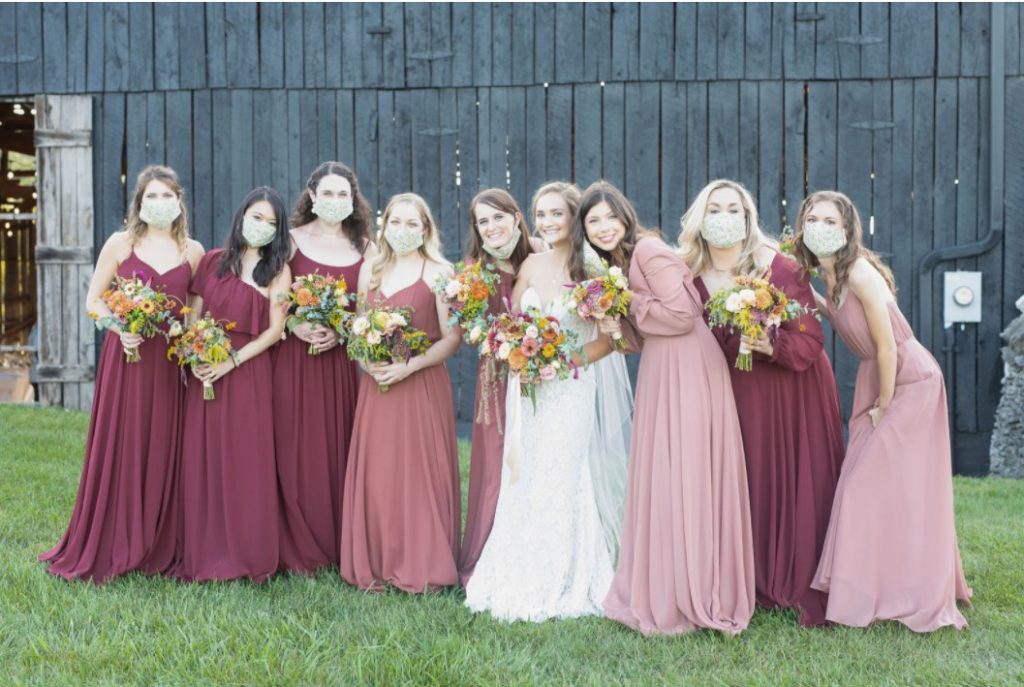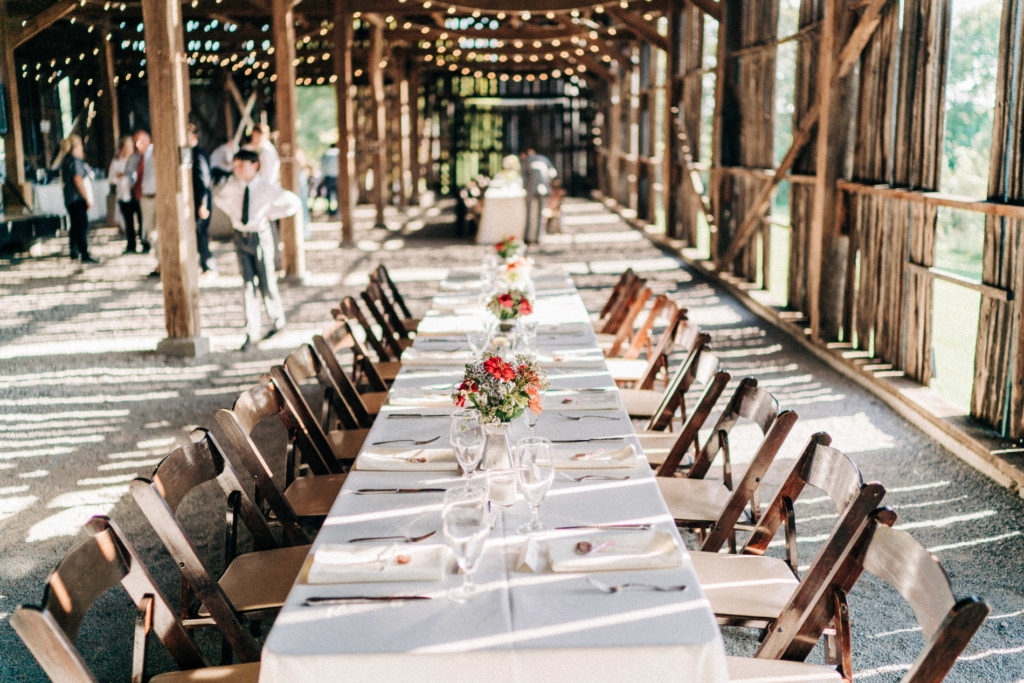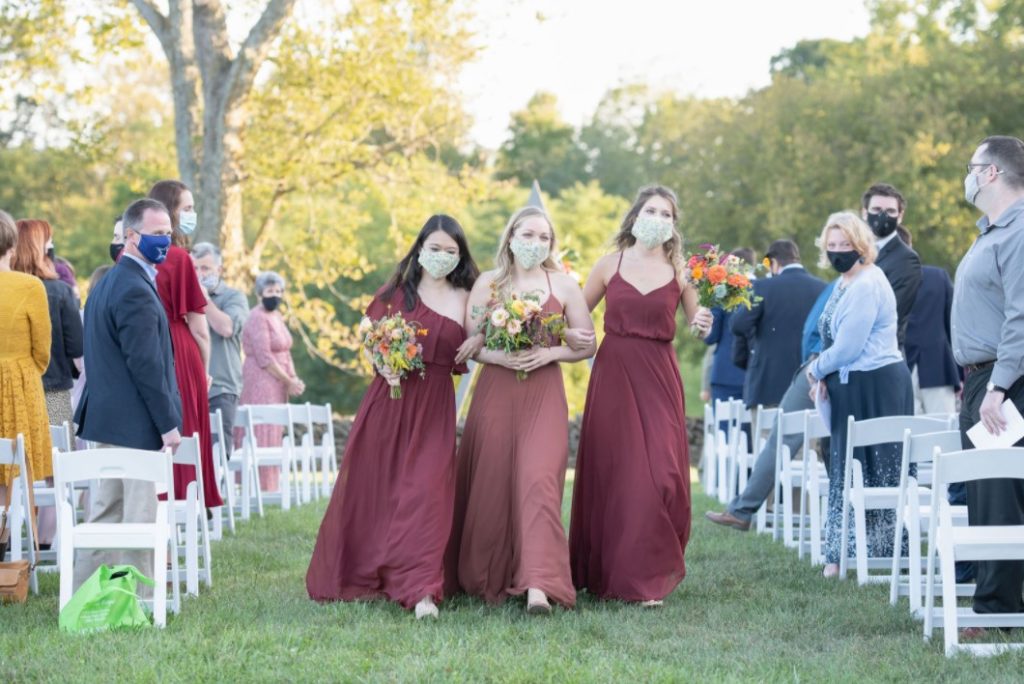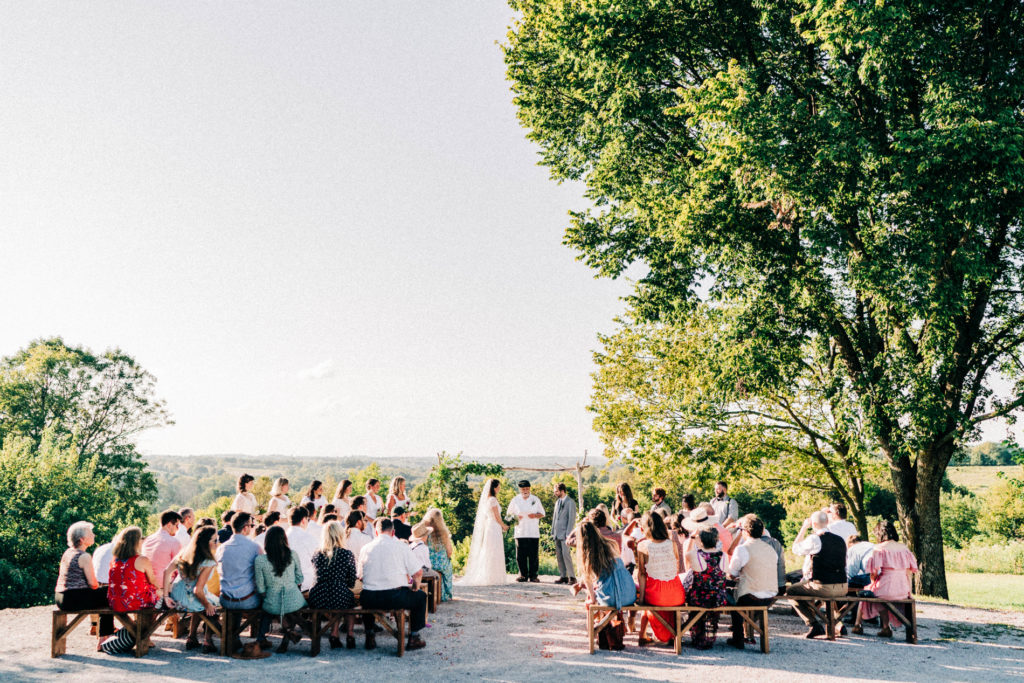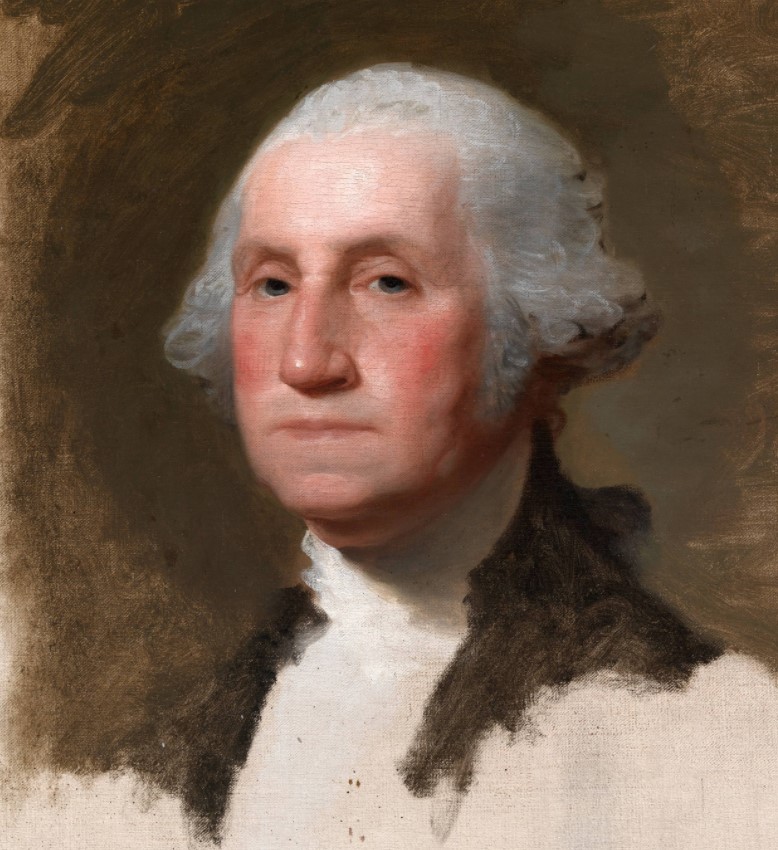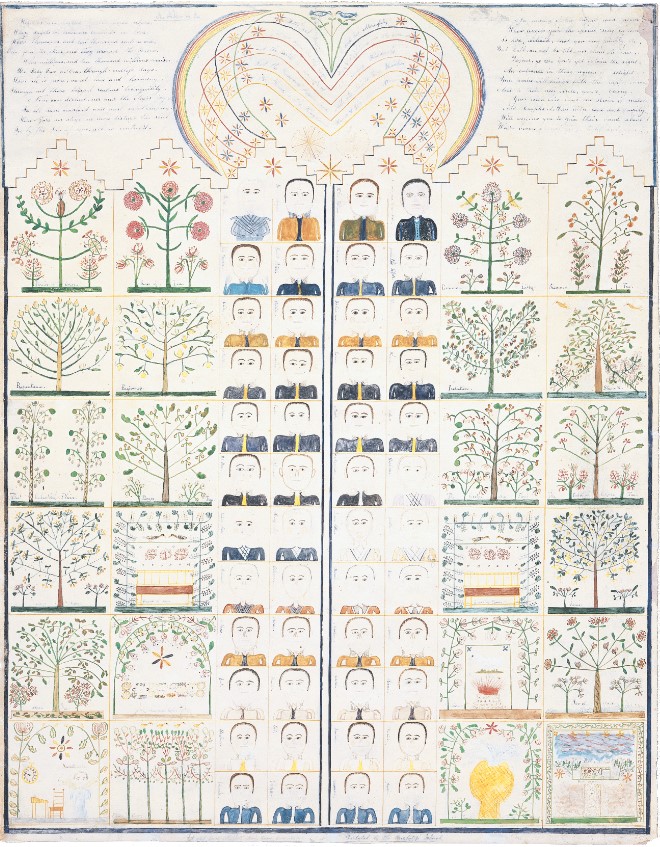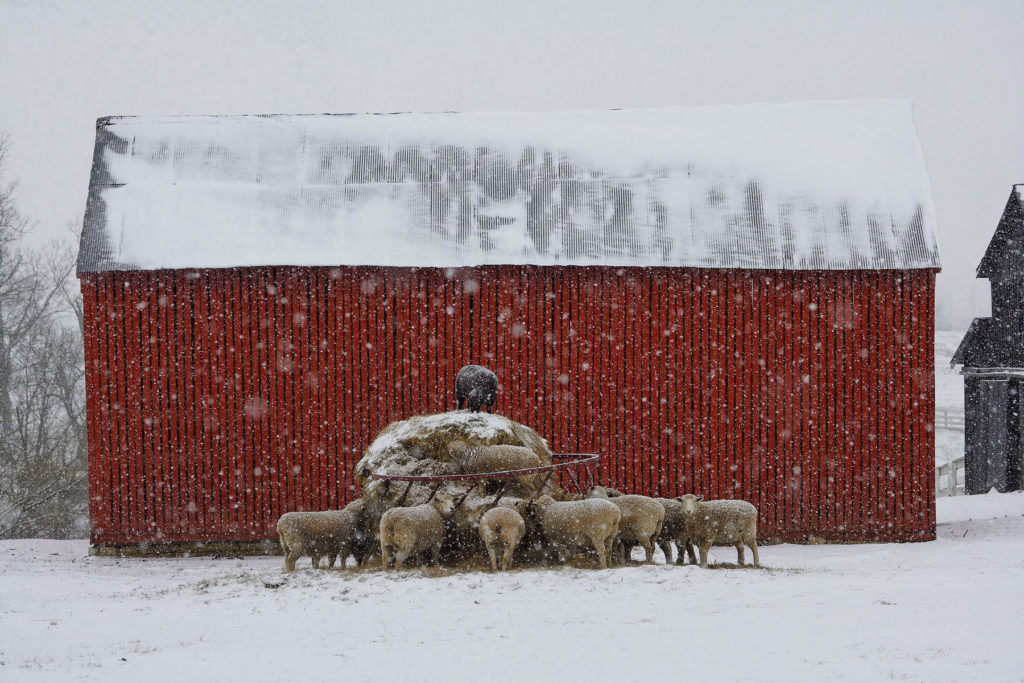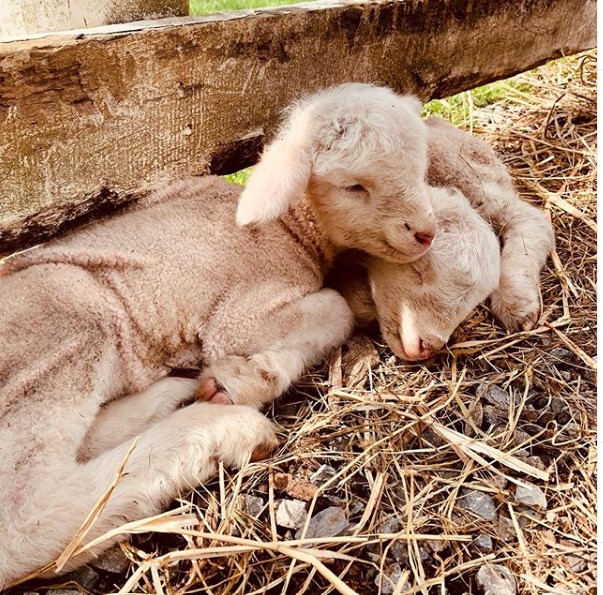Jacob Glover, PhD, Director of Public Programs and Education
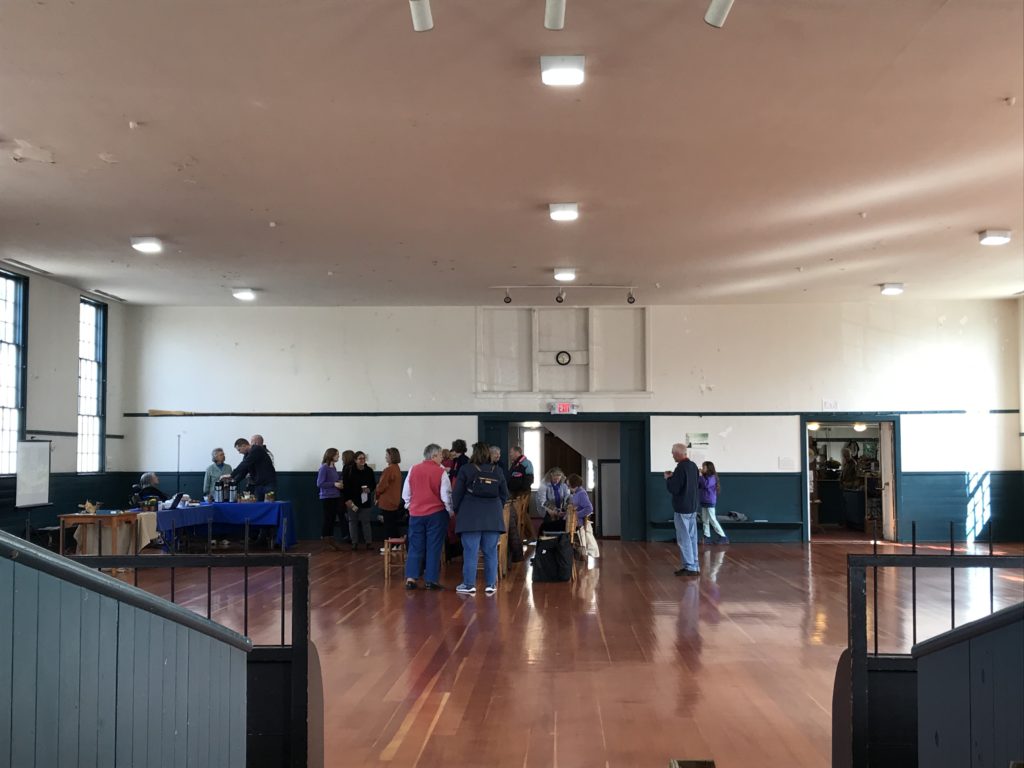
Although it seems like a lifetime ago, the above photo was taken exactly one year ago today inside the Meeting House at the Watervliet Shaker community in Albany, NY. This gathering was the kick-off of a whirlwind tour through more than a half-dozen Shaker sites in New York and New England that our program team at Shaker Village of Pleasant Hill had planned to coincide with Mother Ann Lee’s birthday on February 29. While the trip was educational in nature, we had hoped to share images and video from our trip upon our return. Little did we know the significance of the public health crisis that was building then.
So, here we are, exactly one year later and we are finally returning to this material. Looking at all of these photos and watching the videos brought us a great deal of joy, and we hope these short snippets and glances into other historic Shaker sites will do the same for you. Our first stop was Watervliet the first Shaker communal establishment in America.
First off, if you’ve ever flown into or departed from Albany International Airport you’ve probably driven past either the gravesite of Mother Ann Lee or the current location of the Shaker Heritage Society, the group who oversees the remaining historic property. A quick glance at Google Maps for a reminder and the proximity is striking even now. Shakers Creek runs through the short term parking lot, and Albany Shaker Road and Meeting House Road will both take you to Jetway Drive. Trust us, it’s close. The Shaker cemetery itself was small but well-kept, and identified by a historic marker familiar to most. Although cars zipped by on a modern road beside the cemetery, it was an impactful and moving place nonetheless.
Having arrived in Albany on the afternoon of February 28, we journeyed into the Adirondacks to spend the evening before returning to Watervliet the following morning. Located in present-day Colonie, NY, the Shakers established Watervliet in 1776. Although the nearby community of Mount Lebanon would become the Central Ministry, Watervliet itself overcame trying beginnings and prospered during the mid-nineteenth century. Like many other Shaker communities, Watervliet’s fortunes had declined by the early 1900s, and, in fact, the County had taken ownership of the property and razed many Shaker buildings by 1927.
Today, the Watervliet Shaker National Historic District oversees the site of Watervliet’s Church Family, which includes nine Shaker buildings, gardens and orchards, the Shaker cemetery and the Ann Lee Pond nature preserve. Despite the brutally cold conditions of that February morning, the beauty and simplicity of Shaker design were evident in the snow-dotted landscape.
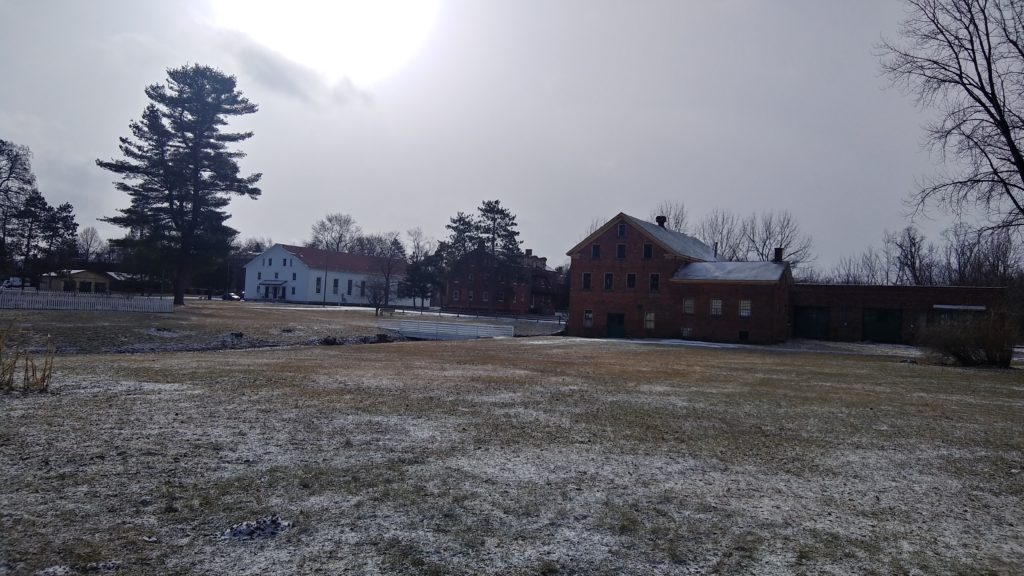
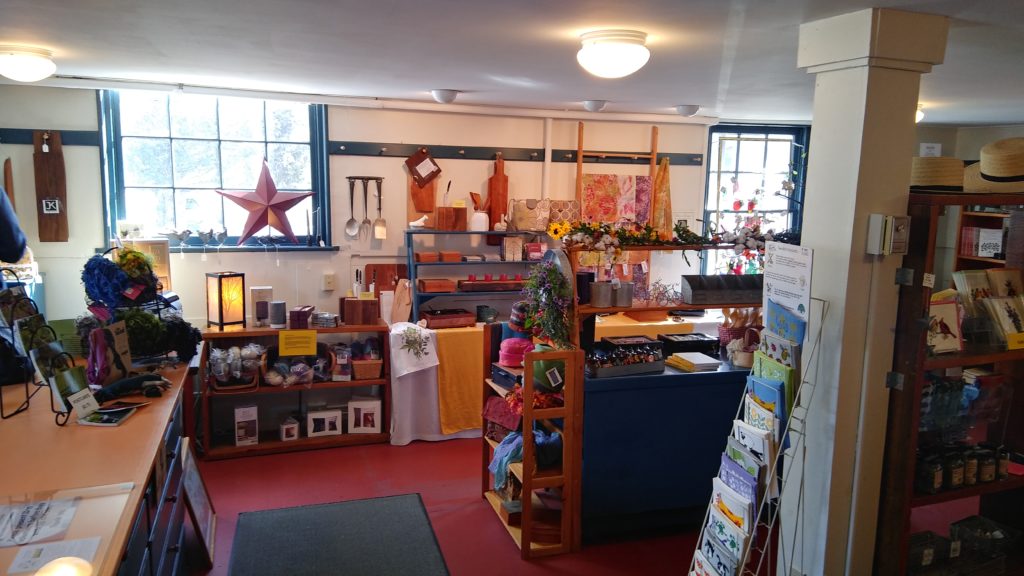
While the Shaker Heritage Society oversees roughly 770 acres, many Shaker buildings were transferred to private hands over the years and are still being used for other purposes today. In some ways, this process of private ownership of the Watervliet Shaker’s buildings is similar to what happened here at Pleasant Hill between the closing of the community in the early 1900s and the restoration of the historic village in the 1960s and 1970s. In fact, the office that I sit in while typing this blog served as a private residence during the interim years after it had been the workspace of the Village ministry for nearly a century!
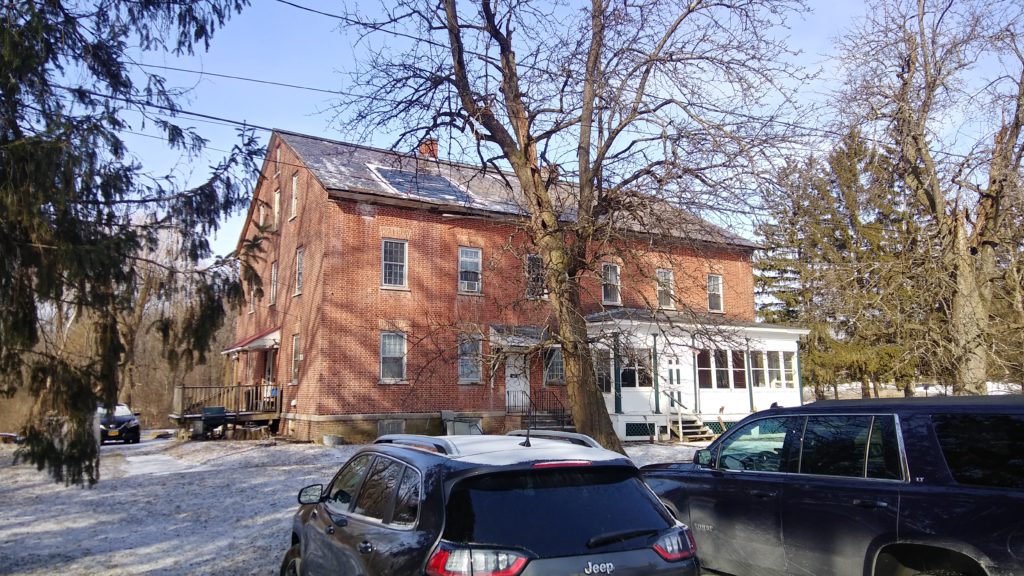
After a wonderful tour with our hosts through the Church Family buildings and a driving tour of the remaining Shaker buildings that are now in private hands, we returned to the 1848 Meeting House for the presentation that is documented in the photo at the top of this blog. The audience was both interested and gracious, and our only regret was that we had only a few hours to spend with them before we left for out next Shaker tour destination. We said our good-byes and hit the highway for Massachusetts. Check back in a few weeks to find out where our adventure took us next!
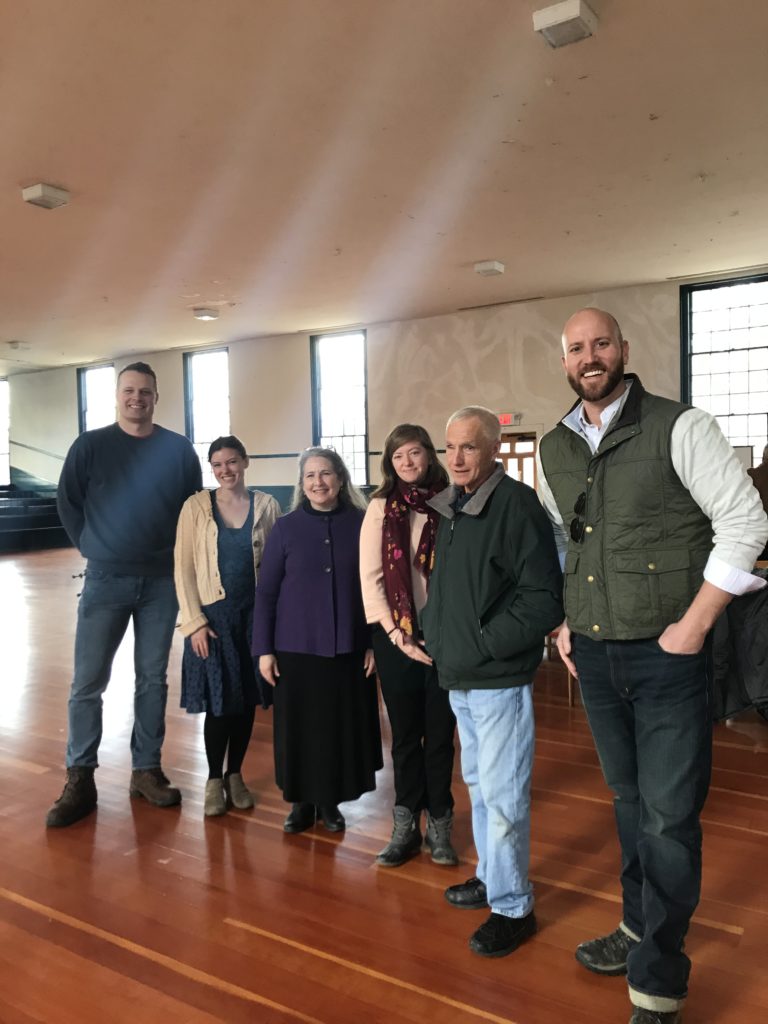
For more information on the Shaker Heritage Society and the Watervliet Shaker National Historic District, please their website at: https://home.shakerheritage.org/.
